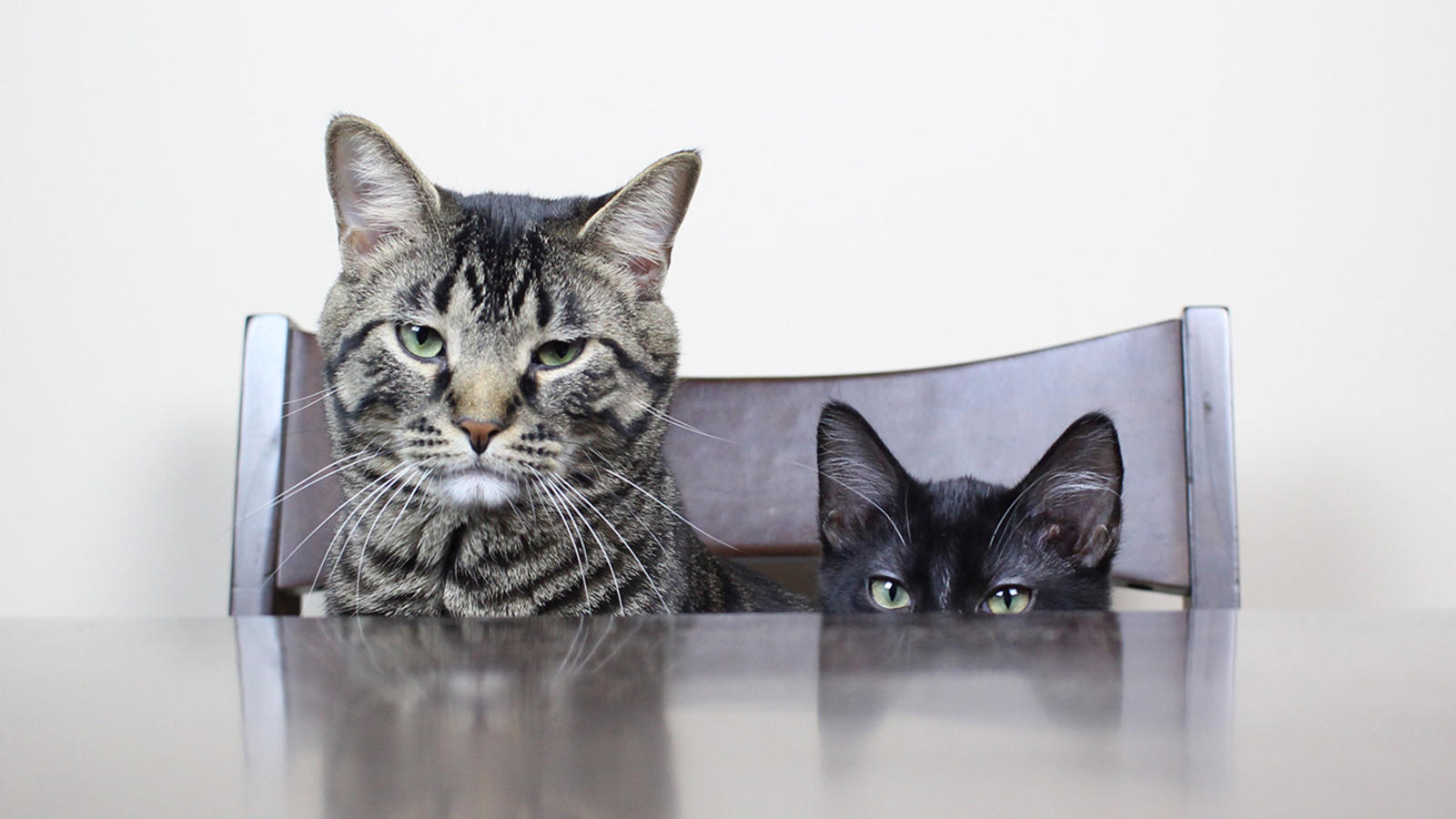
Attitude Adjustment
How To Turn Bad Moods Into Good Ideas
Based on research by Jing Zhou
How To Turn Bad Moods Into Good Ideas
- Employee creativity is a central — and often overlooked — component of an organization’s success.
- Employee frustration can be channeled into creative problem solving and can provide the impetus for imaginative change under the right leadership.
- Supervisors can foster creativity by giving employees more freedom and refraining from closely monitoring them.
The top brass isn’t always the source for innovative business solutions — in fact, it’s more often the rank and file. But while organizations like to tout the importance of employee creativity in their mission statements, in reality they often ignore it. Sometimes they actively sabotage it.
Consider the department store clerk who knows her customers by name and is familiar with her merchandise. By pairing outfits from the junior and children’s departments for her petite customers, or suggesting staples from the men’s section for a teenager starting his first office job, she can help customers get the look they want — and cultivate repeat business.
On the other hand, if managers reprimand her for stepping outside corporate conventions, she may shut down. She’ll do the bare minimum to avoid criticism. Ultimately, the whole company suffers, not just the employee.
Workers need to see from a fresh perspective in order to meld unrelated products, processes and materials into something new and better, according to Rice Business Professor Jing Zhou. Importantly, workplace creativity doesn’t necessarily mean doing a job in a way it has never been done before. More often, it’s a matter of mixing previously unrelated products or adapting methods used in one kind of task to do another.
In most previous research, scholars have focused on the personal factors that determine imagination and originality. But the pivotal question of employee creativity in workplaces has only been taken seriously in the past decade or so. Researchers now are working to catch up, investigating how to encourage creativity among employees — and why that’s often so hard to do.
There’s a fundamental paradox in this kind of research. On the one hand, organizations depend on standardized practices and routines to ensure efficient operations. On the other, these hidebound systems have the unintended consequence of stunting innovation among workers. The employees become bored and restless.
In a recent paper, Zhou shows that this frustration can actually be tapped as a resource. Handled properly, disgruntled employees can become creative problem solvers. If an organization’s leader is attuned enough to her employee’s dark mood, she can actually help direct that dissatisfaction towards solutions for improving the workplace.
Past research has shown that an unhappy employee tends to respond in several ways. He can quit. He can be loyal, but miserable. Or he can keep his job, but do it badly. Zhou suggests that there is one more alternative: he can turn that dissatisfaction into innovation.
Analyzing a sample of helicopter manufacturing employees, Zhou discovered that employees who reported the strongest negative moods also demonstrated the highest levels of creativity. The workers who were most aware of their own emotions were best able to channel their bad moods into creativity.
If they find themselves in companies that don’t encourage creativity, however, these same employees often simply opt out, expressing their unhappiness through slacking at work. This is a teachable moment for many companies, where supervisors need to recognize and gain skill in reacting to such situations. Especially during tough times, such as financial or organizational crises, employees need the flexibility to respond creatively. Hard times like these, however, are exactly when employers are more likely to crack down and discourage creative thought.
That’s simply self-defeating, Zhou argues. To foster creativity, a leader should instead empower employees by offering developmental feedback and giving them the freedom to deal with hardships in their own way. In fact, managers sometimes manage best by going away. A lack of close supervision, Zhou found, is an important ingredient in worker creativity. Employees who feel they’re being watched and controlled may be afraid to explore new ideas.
Developmental feedback also makes a difference. Giving specific input about performance along with personalized encouragement, Zhou found, helps build a culture of creativity.
Business leaders can empower employees’ creative endeavors in several ways. Managers can express confidence in workers’ abilities, emphasize the importance of their work, and involve them in decision making. Finally, they can reduce or remove the bureaucratic constraints that limit their ability to innovate. Even employees who seem risk-averse often move towards more creative behaviors when they develop real trust in a supervisor.
Still, while employee creativity is a key part of business success, many supervisors actively discourage it. Others simply fail to promote innovative thinking. Often, managers view the disruption of standard operating procedures as a threat. To be fair, it’s not always in the firm’s best interest to let all employees channel their inner Isadora Duncans. No one wants a switch operator in a nuclear power plant to direct her creative vision towards altering safety procedures.
Overall, though, employees benefit a company most when they face few bureaucratic hurdles to finding creative solutions to real workplace problems — and when their supervisors understand and encourage that impulse. It takes a nuanced understanding of where innovation and improvisation can help and where it’s less useful, such as in a nuclear power plant. After that, Zhou suggests, managers need to overcome their own anxieties about innovation and learn the value of spotting and encouraging creativity in others.
Jing Zhou is the Mary Gibbs Jones Professor of Management and Psychology in Organizational Behavior at the Jones Graduate School of Business of Rice University.
To learn more see:
Anderson, N., Potocnik, K., & Zhou, J. (2014) Innovation and Creativity in Organizations: A State of the Science Review, Prospective Commentary and Guiding Framework. Journal of Management, 40(5), 1297-1333.
George, J. M., & Zhou, J. (2002). Understanding when bad moods foster creativity and good ones don’t: The role of context and clarity of feelings. Journal of Applied Psychology, 87(4), 687-697.
Gong, Y., Zhou, J., & Chang, S. (2013). Core Knowledge, Employee Creativity and Firm Performance: The Moderating Role of Riskiness Orientation, Firm Size and Realized Absorptive Capacity. Personnel Psychology, 66(2), 443–482.
Shin, S. J., & Zhou, J. (2003). Transformational Leadership, Conservation and Creativity: Evidence from Korea. Academy of Management Journal, 46(6), 703-714.
Shin, S. J., & Zhou, J. (2007). When is Educational Specialization Heterogeneity Related to Creativity Research and Development Teams? Transformational Leadership as a Moderator. Journal of Applied Psychology, 92(6), 1709-1721.
Zhou, J. (2003). When the Presence of Creative Co-Workers is Related to Creativity: The Role of Supervisor Close Monitoring, Developmental Feedback and Creative Personality. Journal of Applied Psychology, 88(3), 413-422.
Zhou, J., & George, J. (2003). Awakening Employee Creativity: The Role of Leader Emotional Intelligence. The Leadership Quarterly, 14, 545-568.
Zhou, J., & George, J. (2001). When Job Dissatisfaction Leads to Creativity: Encouraging the Expression of Voice. Academy of Management Journal, 44(4), 682-696.
Never Miss A Story


